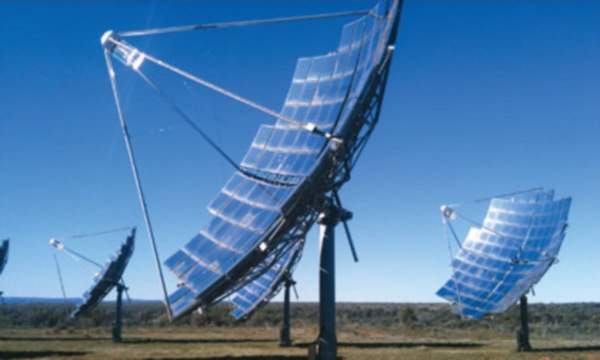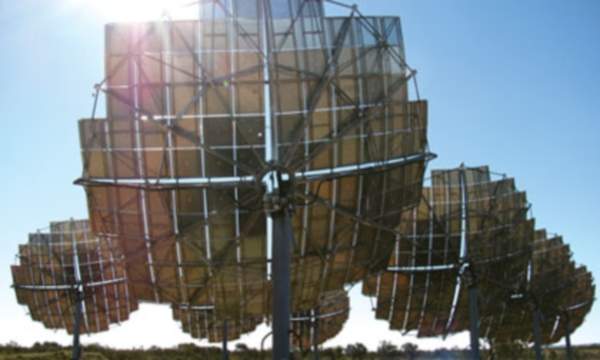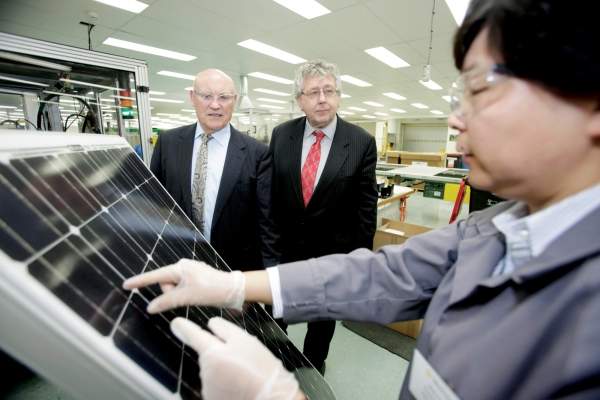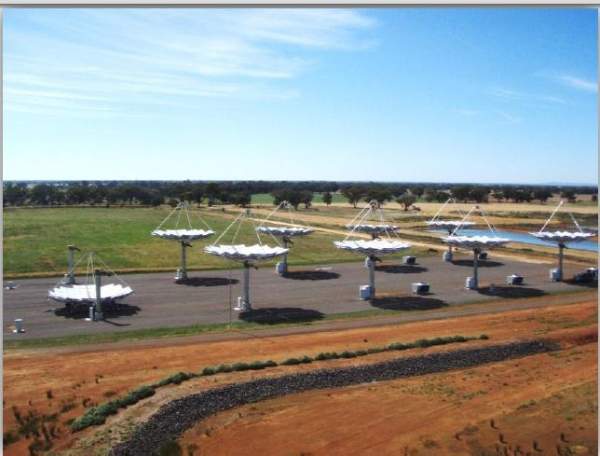Mildura Solar Power Station is a concentrating photovoltaic (CPV) project being built in Carwrap, south of Mildura in the state of Victoria, Australia. The project will use high performance solar cells used to power satellites. The plant was proposed to have an installed capacity of 100MW initially to reduce the annual greenhouse gas emissions by 396,000t. The plans are however being reassessed due to low wholesale electricity prices and uncertainty around the government’s Renewable Energy Target.
Mildura power project is the flagship project of Solar Systems. It was announced in October 2006. After the acquisition of the company by Silex Systems in 2010, the project became a part of the latter’s portfolio.
The project was expected to come online in 2015. Silex Systems, however, announced its decision to suspend the project in August 2014. It plans to further develop the site on a small scale as a 1.5MW demonstration plant was already opened at the site in July 2013.
Mildura Solar Power Station project development
The Mildura CPV plant is being developed in two stages. Stage one saw the development of a 1.5MW pilot plant with the deployment of 40 solar dishes.
The demonstration facility generates enough power to light 500 homes. Construction on stage commenced in 2011 and the plant became operational in April 2013.
The project will move on to stage two based on the success of the pilot plant. Stage 2 was planned to be a 102MW solar power station on the same site. Construction was to commence in the third quarter of 2013 and commissioning is planned for the last quarter of 2015. Stage two would provide electricity to 40,000 homes.
Precursors to the concentrating photovoltaic (CPV) plant
Construction of the Mildura Power Station depended on the on-time execution of two parallel activities – the Technology Optimisation project and the Bridgewater Pilot Demonstration Facility.
Technology Optimisation involved the development of CS500 Mk5 dish system, which is based on Solar System’s patented Dense Array CPV technology. It is yet to receive the IEC (International Electrotechnical Commission) certification.
Solar Systems developed a 0.5MW test plant at the Bridgewater Pilot Demonstration Facility in central Victoria. The facility is installed with 16 units of CS500 Mk5 dish systems. The Victorian government funded $5m towards the plant. The test results led to full-scale deployment of the technology.
Solar Systems contracted Abigroup to construct the last two solar dishes at the Bridgewater facility. It was in-charge of the 1.5MW pilot plant as well.
Dense Array CPV technology
Dense Array is Solar Systems’ proprietary CPV technology. The technology uses reflective mirrors which convert sunlight into 500 times more intense energy. This energy is concentrated on to photovoltaic cells which directly convert it into electricity.
The module can be configured in a dish form as well as a heliostat application.
The technology uses triple-junction solar cells which claim to have 40% conversion efficiency. Each module produces 650W of power and has an integrated 36cm2 active cooling system.
Solar Systems sees a huge potential global market for Dense Array technology. Success of Mildura’s stage one would be a deciding factor in the future of the technology. It is expected to provide low-cost electricity from large scale solar power plants.
Mildura Power Station Project had received a financial commitment of $125m from the federal and state of Victorian governments. The financial support was subject to the project milestones achieved.
As of June 2011, the Victorian Government had confirmed financing of $50m and the federal Australian Government had committed itself to $75m under its Low Emissions Technology Demonstration Fund (LETDF). The Victorian Government additionally offered $35m in conditional funding under the Energy Technology Innovation Strategy Fund.
The funding deed was, however, suspended in 2014 following the company’s decision to scrap the proposed project.







